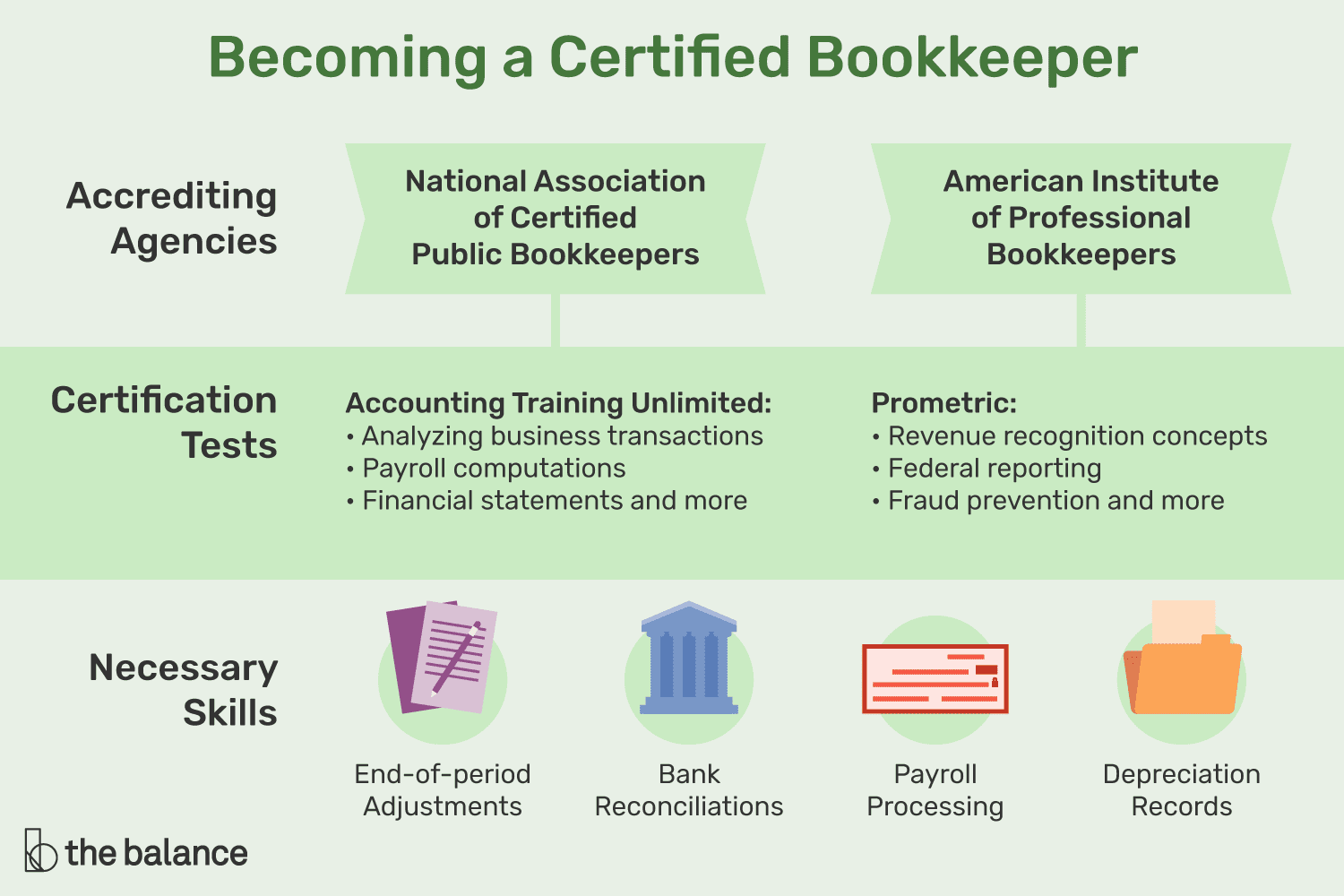Our society has spent the past 50 years going through a “renaissance” fueled by the information technology explosion. Many experts believe the next half century will see the computer generation lead us across new frontiers that were unimaginable before the turn of the century.
Advances in Internet-based communication technology have given us better access to learning centers, online IT school solutions and hybrid learning models. The introduction of online training technology has quickly become the preferred method of transferring knowledge and educating students of all ages.
Online training technology is also helping us overcome two major challenges to learning: commitment and motivation.
Let’s examine how web-based technology is driving better outcomes, and overcoming these barriers to learning, in the 21st century.
#1. Current Content
Online computer school course content should be updated frequently to reflect industry standard changes, technological advancements and state-of-the-art security updates. Keeping content current guarantees students develop in-demand, career-relevant skills.
#2. High-Quality Instructors
The objective of any learning activity is to gain actionable knowledge. It school course content is like a great symphony, and the instructor is a master conductor. Learning (knowledge acquisition) is sticky and effective when delivered by an engaging storyteller and told with simple analogies and examples.
The best instructors bring not only their expertise in the subject to the classroom, but also a brilliant understanding of human psychology and learning patterns, which solves both commitment and motivation challenges.
#3. Learner’s Platform
IT learning is rapidly evolving. Our understanding of learning ecosystems is being turned upside down and educators are wondering if we should even try to find analogies with older learning systems.
This debate is likely to continue for several years, so for the moment, at least, we can define online learning as a platform where you will find everything related to expanding your knowledge base. Think, class schedules, course curriculum, projects, homework assignments, audio-visual supports, grades and access to feedback from peers and instructors.
#4. Real Projects & Case Studies
Hands on learning is essential for any vocational training today. Exceptional courses include current case studies used as contemporary examples of problems course graduates may be called on to solve in the workplace. Look for programs that explore real projects, recent case studies and potential challenges on the horizon.
#5. Personal Learning Manager
The concept of a personal learning manager is fairly new in the education ecosphere. Along with online forums, peer review grading and instructor led lab experiences, online learning centers and hybrid vocational training schools today offer a student advocate (the personal learning manager) responsible for guiding a student through the modern learning journey. This advocate discovers learning gaps and makes recommendation for new classes or advanced tutoring, keeps the learner engaged, and addresses any issue that may reduce satisfaction with the course components or delivery.
#6. Technical Experts
Anyone who has achieved anything in life can likely agree that success is not usually achieved as the result of one great action. Success usually comes from a series of small tasks that are accomplished with dedication and sincerity.
Education systems around the world struggle to identify and solve problems for learners. Technical experts work diligently to keep systems operating smoothly to ensure the learning path is moving in the right direction without any roadblocks or bottlenecks to frustrate learners.
#7. The Commitment of the Learner
Some e-learning critics say that the lack of face-to-face human interaction with instructors and co-workers reduces the effectiveness of online learning.
Online training organizations agree, and have worked hard to incorporate more human engagement. The Internet may not offer face-to-face contact, but it can provide real-time video chats and interactive white-boards that allow voice and written Q&A sessions between IT school participants taking certification prep courses and their instructors.
Recommended for you
-
Cloud Computing Technician Training
The “cloud” refers to resources hosted in a data center that you access over the internet. Rather than keeping data or operating applications on your own computer or in-house server.
Computer Network Technician
IT security refers to the measures taken to protect digital systems, networks, and information from theft, harm, or unauthorized interference.
Why In-House Training Must Adapt to Digital Learning Platforms
In-house, company training has been used as a cost-effective method of training employees for years. It is usually less expensive to train an employee than it is to hire a new staff member with the skills and knowledge necessary to perform essential IT support roles. Investing in a current employee’s potential can pay big dividends to employers willing to take proactive steps to create their own dream team from the inside.
C-suite executives realize that they need to provide their employees with flexible opportunities to learn and master new skills today. A well-trained workforce can to influence strategic business initiatives. Business technology evolves rapidly today. We need faster in-house and computer school training to help our workers recognize and respond to evolving security threats.
In our digital world, managers must both identify a skill gap and solve it immediately, or they may fall behind. This rapidly changing environment gives corporate training a sense of urgency that did not exist before, making online education a preferred training platform for many business leaders.
At CCI Training Center, accelerated vocational training programs allow corporate decision-makers to support managers and front-line employees. For more details about cost-effective learning solutions that drive better performance and job satisfaction at every level in the chain of command.

Related Articles














